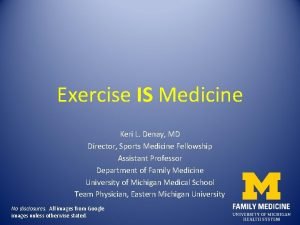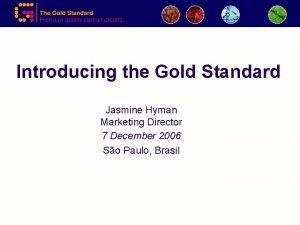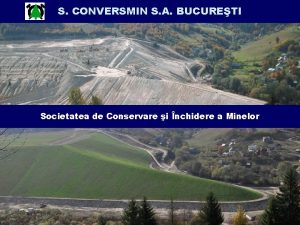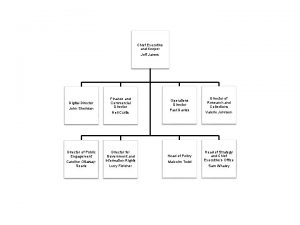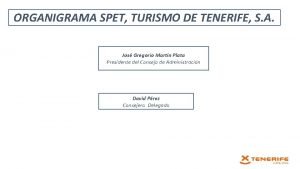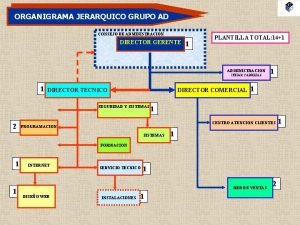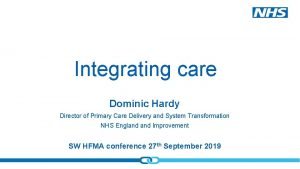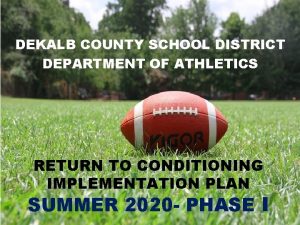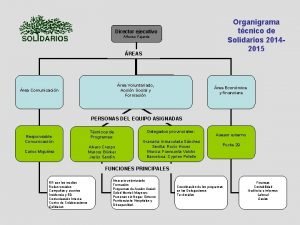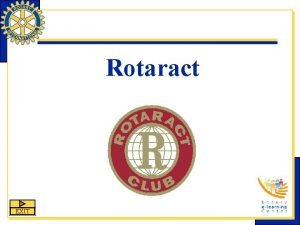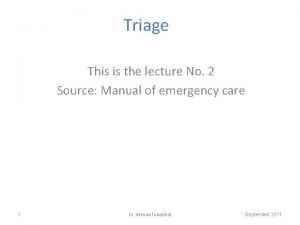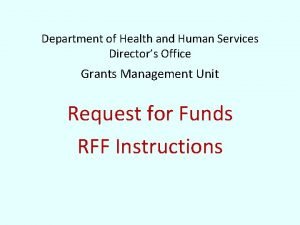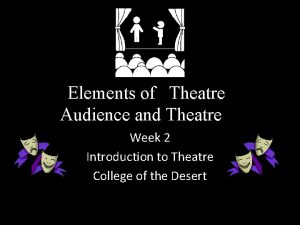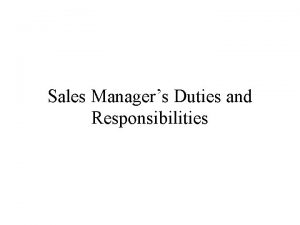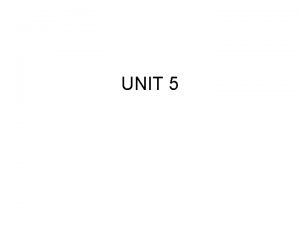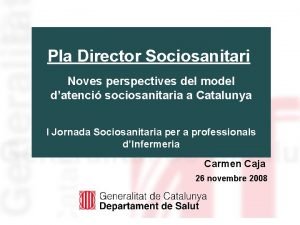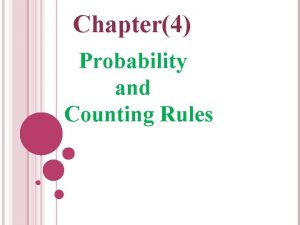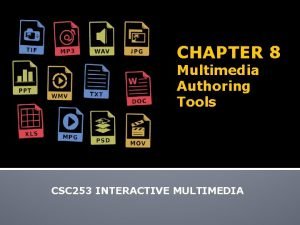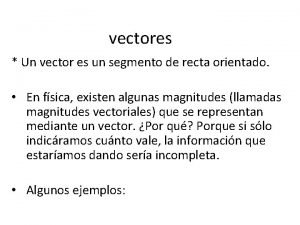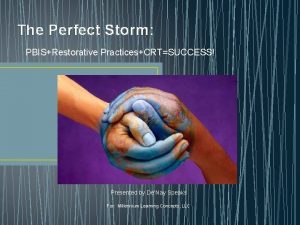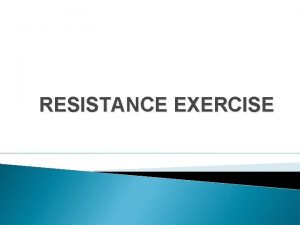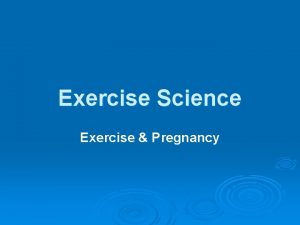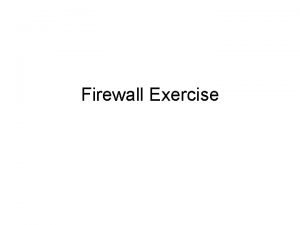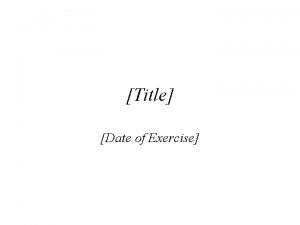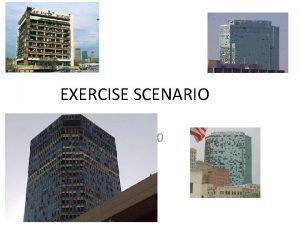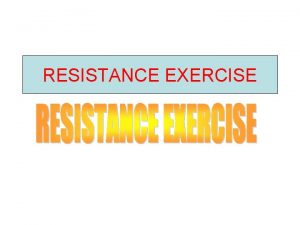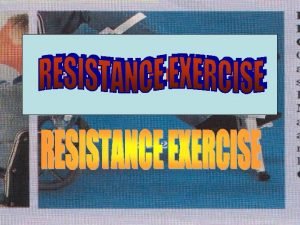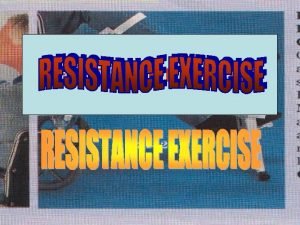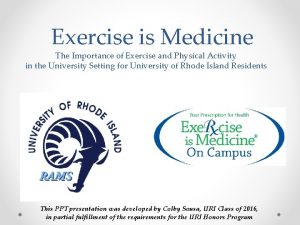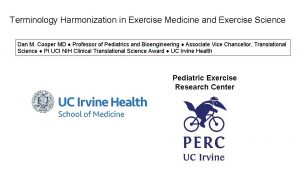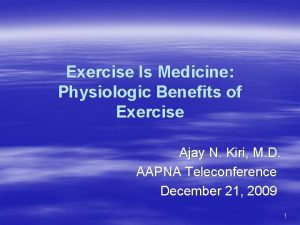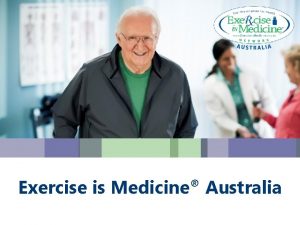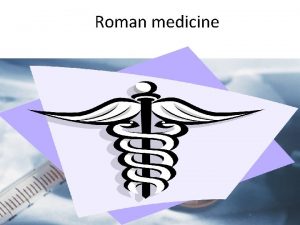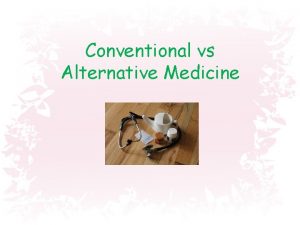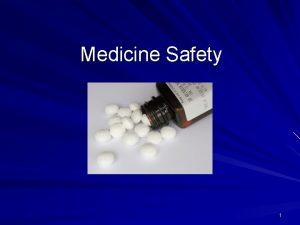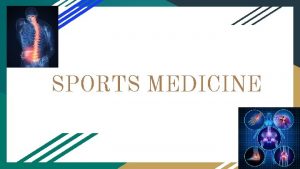Exercise IS Medicine Keri L Denay MD Director






































- Slides: 38

Exercise IS Medicine Keri L. Denay, MD Director, Sports Medicine Fellowship Assistant Professor Department of Family Medicine University of Michigan Medical School Team Physician, Eastern Michigan University No disclosures. All images from Google images unless otherwise stated.

Overview • • Aerobic (time constraints!) Adults Case Example Let's look at the evidence – Where have we been? – Where are we now? • What can we do? • Wrap up and questions

Clinical Case • 48 yo F for annual HME. • PMHx: HTN, Impaired fasting glucose • Fam. Hx: Father with MI at 60, Brother with diabetes, Mother with hypertension • Soc. Hx: Works as a project manager. Does not smoke. Walks and chases her 2 kids around. • Vitals: BMI 38, BP 130/84 • Exam: central abdominal obesity • Labs: Fasting glucose of 120; Lipid panel: LDL 130, HDL 32, Triglycerides 232

Let’s take a step back in time. . . (pun intended )

Old School • 1953 article in The Lancet – 31, 000 male employees of London Transport – Ages 35 -64 – Conductors (active) vs. drivers (sedentary) • Conductors with 1/2 the CHD mortality rate as drivers Morris JN, Heady JA, Raffle PA, Roberts CG, Parks JW. Coronary heart-disease and physical activity of work. Lancet. 1953; 265: 1053– 1057

Sit up and take notice • 1978 epidemiologic study – Heart attack rates and energy expenditure – 16, 936 male college alumni – Ages 35 -74 – 117, 680 person years of follow-up • Inverse relationship between heart attack rates and activity level! Paffenbarger RS Jr, Wing AL, Hyde RT. Physical activity as an index of heart attack risk in college alumni. Am J Epidemiol, 1978: 108(3): 161 -175

Age-Specific All-Cause Mortality According to Physical-Activity Levels Paffenbarger RS Jr et al. N Engl J Med 1986; 314: 605 -613.

Risks of Physical Inactivity • Increased rates of: – HTN – CAD – Diabetes – Colon cancer – Breast cancer – Depression – Stroke – Obesity – ALL-CAUSE MORTALITY!

1981

Big hair but not big waistlines. . The 80 s!

All fads fade but come back around. . . Right? ?

No Physical Activity 2011

No Physical Activity 2013 Went from 10 states with > 28% to 13 states in 2 YEARS

So does inactivity correlate with obesity trends?

Obesity 2011

Obesity 2013 Eight additional states in 2 years with ≥ 30% of its adults obese!

What’s happening? !?

Life is more convenient!

Convenience = Inactivity • Definition of convenience: – the state of being able to proceed with something with little effort or difficulty. Dictionary. com

Screens! • Children spend over 7. 5 HOURS A DAY in front of a screen 1. • Adult estimates are even higher! 1 Rideout, Victoria J. , Foehr, Ulla G. , and Roberts, Donald F. Generation M 2: Media in the Lives of 8 - to 18 -Year-Olds. Rep. Menlo Park: Henry J. Kaiser Family Foundation, 2010.

Start ‘em young • Sadly, only 6 states require physical education in every grade K-12 – Illinois – Hawaii – Massachusetts – Mississippi – New York – Vermont National Association for Sport and Physical Education/American Heart Association. 2012 Shape of the Nation Report: Status of Physical Education in the USA. Available at: http: //www. shapeamerica. org/advocacy/son/2012/upload/2012 Shape-of-Nation-full-report-web. pdf

Urban Planning and Development • Only about 20% of homes have parks within a half-mile • Same estimate have a fitness or recreation center within that distance. • We light our streets but not our sidewalks. • Few services near areas of residence. U. S. Department of Health and Human Services. Healthy People 2020. Available at: http: //www. healthypeople. gov/2020/default. aspx.

We love commuting 1990

In it for the long haul 2013

What can be done? • Multifactorial - need help from public health to political figures and many others! • Everyone has a role

Physicians and providers have a starring role You!

Let’s look at our case again. . . • 48 yo F presents for her annual HME. • PMHx: HTN, Prediabetes • Fam. Hx: Father with MI at 60, Brother with diabetes, Mother with hypertension • Soc. Hx: Works as a project manager. Does not smoke. Does some walking and chases her 2 kids around. • Vitals: BMI 38, BP 130/84 • Exam: central abdominal obesity • Labs: Fasting glucose of 120; Lipid panel: LDL 130, HDL 32, Triglycerides 262

So what can we do with and for this patient?

What do we know? • • • She’s obese (BMI 38) She already has HTN and pre-diabetes She does not exercise. Lipid panel is poor Family history of MI, diabetes, and HTN She needs to GET ACTIVE! But how?

What can we do? 1. Use the FITT model to assess physical activity: – Frequency – Intensity – Time – Type 2. Be aware of the guidelines/what to recommend! Jonas S. , and Edward M. ACSM’s exercise is medicine: a clinician's guide to exercise prescription. Philadelphia: Kerry O’Rourke, 2009.

Exercise Guidelines • Frequency: ≥ 5 days per week • Intensity: Moderateintensity (~60 -80% max HR). “Talk but can’t sing” or between 4 -6 METs • Time: ≥ 150 minutes per week • Type: aerobic exercise • Frequency: ≥ 5 days per week • Intensity: Vigorous-intensity (> 80% max HR). > 6 METs • Time: ≥ 75 minutes per week • Type: aerobic exercise ACSM Position Stand: Quantity and Quality of Exercise for Developing and Maintaining Cardiorespiratory, Musculoskeletal, and Neuromotor Fitness in Apparently Healthy Adults: Guidance for Prescribing Exercise. Medicine & Science in Sport & Exercise 2011. 43(7): 1334 -1359.

Be realistic! • Inform of recommendations but start where patient is. START LOW AND GO SLOW. • For our patient, work with her to determine, the “FITT” method that may work best for her NOW. . .

• Frequency: What days/times might she have available to exercise? What is her schedule like? • Intensity: She’s not exercising at all currently so START LOW AND GO SLOW. Give recommendation of “Talk but can’t sing. ” • Time: See what works for her. If she only has 10 minutes available, then so be it! • Type: What kinds of exercise does she like/have access to?

Exercise IS Medicine • If you were prescribing a statin, you’d need to provide a rx. • Exercise IS medicine (the best kind!), so give a rx!

Come back soon! • See the patient back to reassess. • What’s working and what’s not? • Work as a team to help the patient reach the minimum guidelines. • Break down barriers and erase excuses! • Focus on the positives and provide encouragement and congrats!

What else can you do? • Physical Activity assessment as a vital sign! 1. On average, how many days per week do you engage in moderate to strenuous exercise (like a brisk walk)? 2. On average, how many minutes do you engage in exercise at this level? • Practice what you preach! • Be an advocate: – Write your politicians – Get involved at your child’s school and the community • Spread the word!

Summary • Physical inactivity is a HUGE problem • Many reasons to blame – Industry to urban planning • Everyone has a role – we have one of the most important! • Know the guidelines: ≥ 150 minutes a week of moderate aerobic activity. Talk but not sing! • Follow-up and encouragement are key. ke • Walk the talk – literally!

Questions? Sept 12/Sept 19, 2016
 Keri denay
Keri denay Keri mendoza model
Keri mendoza model Keri johnson lawyer
Keri johnson lawyer Keri kohler
Keri kohler Keri mendoza model
Keri mendoza model Keri mans
Keri mans Keri risic
Keri risic Jasmine hyman
Jasmine hyman Director como lider
Director como lider Conversmin director general
Conversmin director general Andrew lang director
Andrew lang director Director defination
Director defination Jeff james director
Jeff james director David warren director
David warren director Spet turismo de tenerife
Spet turismo de tenerife Director comercial organigrama
Director comercial organigrama Hardy it director
Hardy it director Personajes principales de la pelicula el pianista
Personajes principales de la pelicula el pianista Dekalb county athletic director
Dekalb county athletic director Nuh management structure
Nuh management structure Brian gordon director
Brian gordon director Input director 사용법
Input director 사용법 Director ejecutivo organigrama
Director ejecutivo organigrama Rotaract club activities
Rotaract club activities Junos space connectivity services director
Junos space connectivity services director I scurt
I scurt Pt demographics
Pt demographics Eft director's office
Eft director's office Director class
Director class Abstract forms and shapes on a bare stage
Abstract forms and shapes on a bare stage Director devil wears prada
Director devil wears prada Area sales manager roles and responsibilities pdf
Area sales manager roles and responsibilities pdf Hadie perkas
Hadie perkas Auteur
Auteur Wind direction indicator
Wind direction indicator Pla director sociosanitari
Pla director sociosanitari Chapter 4 probability and counting rules answer key
Chapter 4 probability and counting rules answer key Released now multimedia authoring system
Released now multimedia authoring system Vector director
Vector director
